Author: Mike Neville
Dark roasted grains contribute a number of style-defining characteristics to beer from toasty and nutty to chocolate and coffee. Roasted grains take on their signature color through a roasting process that exposes them to high temperatures, which not only darkens the kernel, but essentially burns the husk. It’s widely accepted by brewers that this burnt husk imparts an astringent character that is undesirable in certain styles.
While some brewers employ techniques believed to encourage a smoother roast character, such as capping the mash or steeping roasted grains in sweet wort, maltsters have begun producing dehusked roasted grains that aim to do the same. By removing the burnt husks, a brewer can purportedly include the roasted grains in the mash with minimal risk of extracting acrid characteristics, which is essential for more delicate dark styles such as Schwarzbier. Weyermann is perhaps the best known producer of dehusked roasted grains with their Carafa Special line, which is easily confused with their standard roasted grain product that’s simply called Carafa, both of which have a recommended usage rate of up to 5%.
Of the many dark beers I’ve brewed over the years, I’ve used dehusked roasted grains a handful of time and always felt it contributed more roast flavors while leaving behind the burnt ashy notes. Then, while working on a Schwarzbier recipe recently, I was reminded of a past xBmt where tasters couldn’t reliably tell apart beers made with either Carafa Special II or Chocolate malt, which is not dehusked. This left me wondering just how different standard Carafa really is from the dehusked version, so I picked up equal amounts of both and designed an xBmt to test it out.
| PURPOSE |
To evaluate the differences between a Schwarzbier made with Carafa II and one made with the same amount of Carafa Special II.
| METHODS |
I designed a simple Schwarzbier recipe for this xBmt in hopes any differences would be evident.
I’m Told Schwarz Means Black In German
Recipe Details
| Batch Size | Boil Time | IBU | SRM | Est. OG | Est. FG | ABV |
|---|---|---|---|---|---|---|
| 5.5 gal | 60 min | 24.8 | 23.1 SRM | 1.051 | 1.008 | 5.64 % |
| Actuals | 1.051 | 1.008 | 5.64 % | |||
Fermentables
| Name | Amount | % |
|---|---|---|
| Pilsner 2-Row | 9 lbs | 83.72 |
| Munich Malt | 1 lbs | 9.3 |
| Carafa II OR Carafa Special II | 12 oz | 6.98 |
Hops
| Name | Amount | Time | Use | Form | Alpha % |
|---|---|---|---|---|---|
| Kazbek | 35 g | 60 min | Boil | Pellet | 5.5 |
| Tettnang | 14 g | 15 min | Boil | Pellet | 3.9 |
| Tettnang | 14 g | 2 min | Boil | Pellet | 3.9 |
Yeast
| Name | Lab | Attenuation | Temperature |
|---|---|---|---|
| Global (L13) | Imperial Yeast | 77% | 32°F - 32°F |
Notes
| Water Profile: Ca 66 | Mg 7 | Na 5 | Cl 78 | SO4 26 |
Download
| Download this recipe's BeerXML file |
After collecting the water for two 5 gallon/19 liter batches, I weighed out and milled the grain into separate buckets.
With the water properly heated, I incorporated the grains then checked to make sure the mash was at my target temperature.
During the mash rest, I prepared the kettle hop additions.
Once the 60 minute mash rest was finished, I removed the grains and proceeded to boil the worts for 60 minutes, adding hops at the times listed in the recipe.
When the boil was complete, I quickly chilled the wort.
Next, I transferred identical volumes of wort to separate fermenters.
Refractometer readings showed both worts were at the same 1.051 OG.
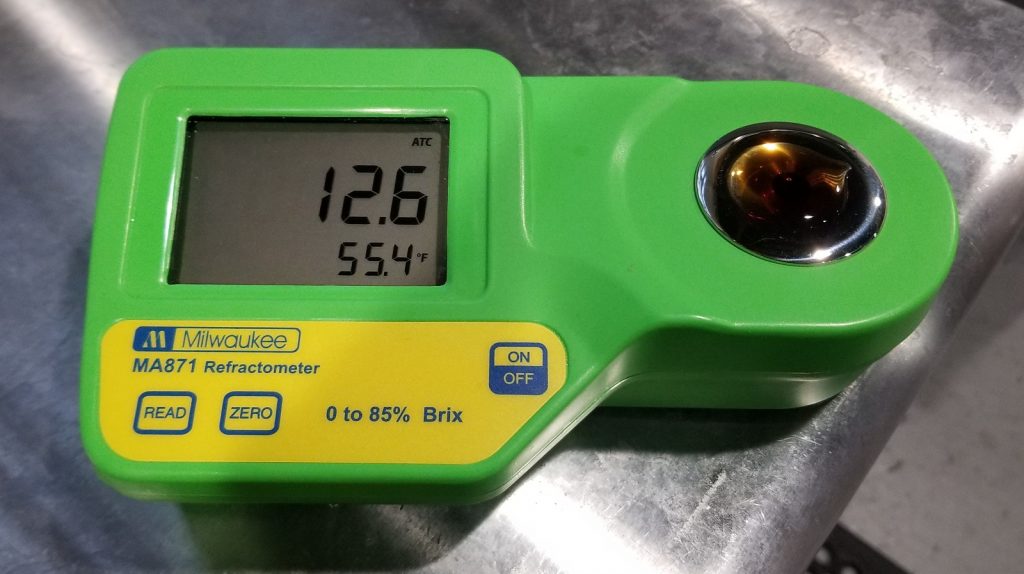
The fermenters were connected to my glycol unit and allowed to finish chilling to my desired fermentation temperature of 66°F/19°C, at which point I pitched a single pouch of Imperial Yeast L13 Global into each batch.
The beers were left to ferment for 11 days before I took hydrometer measurements showing both had reached the same FG.
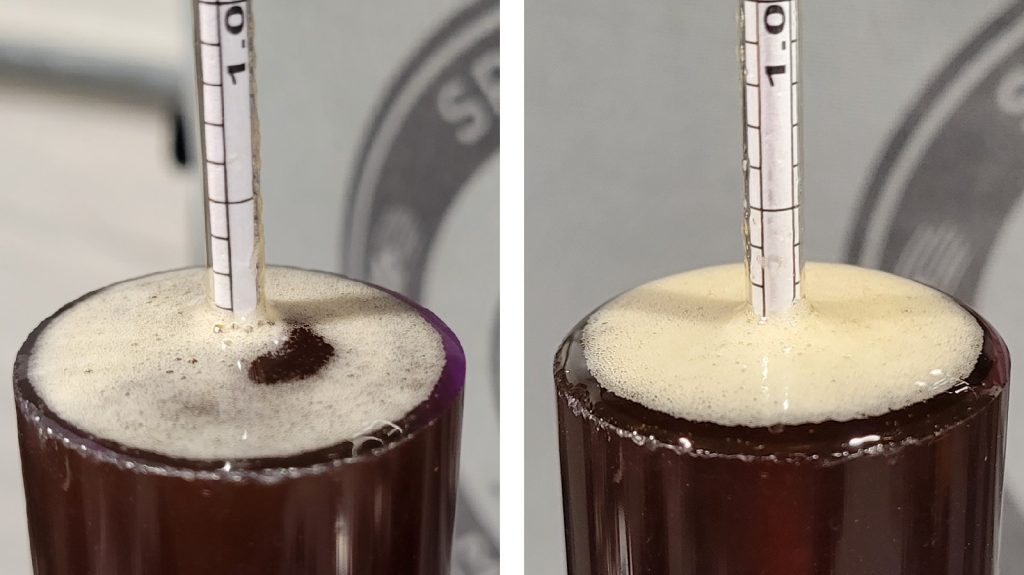
At this point, I reduced the temperature of each beer to 38°F/3°C and let them cold crash for 2 days before pressure-transferring each to CO2 purged kegs.
The filled kegs were placed on gas in my keezer where they were left to carbonate and lager for 8 weeks before they ready for evaluation.
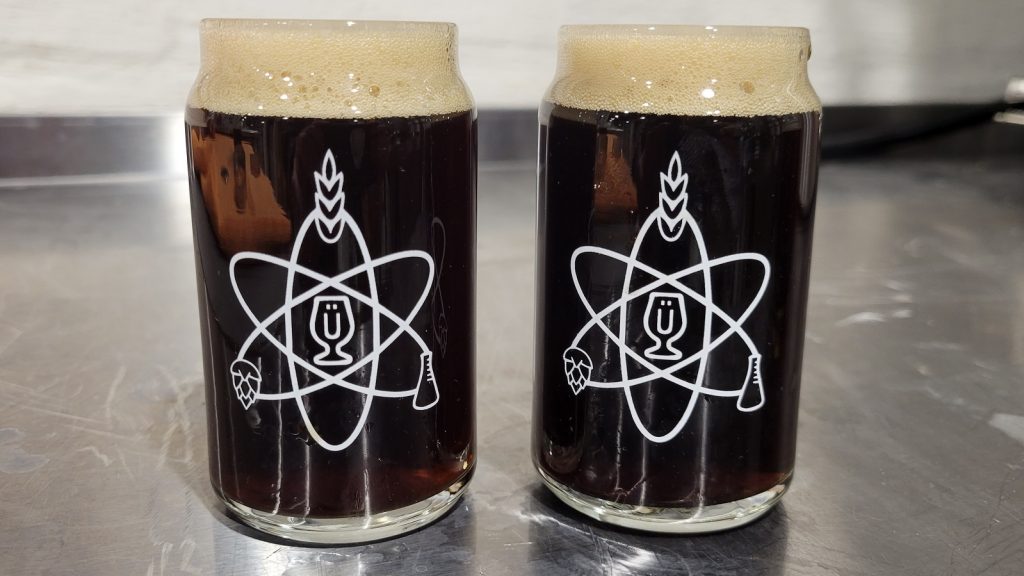
| RESULTS |
A total of 25 people of varying levels of experience participated in this xBmt. Each participant was served 2 samples of the beer made with Carafa II and 1 sample of the beer made with Carafa Special II in different colored opaque cups then asked to identify the unique sample. While 10 tasters (p<0.05) would have had to accurately identify the unique sample in order to reach statistical significance, only 8 did (p=0.30), indicating participants in this xBmt were unable to reliably distinguish a Schwarzbier made with 7% Carafa II from one made with the same amount of Carafa Special II.
My Impressions: Out of the 5 semi-blind triangle tests I attempted, I correctly identified the odd-beer-out just once. I perceived both of these beers as having identical subtle roast character with no astringency whatsoever, which made for a very pleasurable Schwarzbier.
| DISCUSSION |
Whereas a sharper roast character can be appropriate in certain types of beer, other styles are expected to have a smoother roastiness. Rather than making process changes to achieve this, many brewers opt to use dehusked roasted grains, which are widely believed to impart little if any astringency. Curiously, tasters in this xBmt were unable to reliably distinguish a Schwarzbier made with standard Carafa II from one made with dehusked Carafa Special II.
One possible explanation for these results is that the amount of roasted grains used in each beer simply was too little for the differences to be apparent, though this seems unlikely considering I used more than what’s recommended. It could also be that the no sparge brewing method I used had some astringency-reducing effect, and that a similar comparison done on a continuous/fly sparge system would have produced a more noticeable difference.
Given my experience using both standard and dehusked roasted grains, I was fairly confident these beers were going to be perceptibly different, but that wasn’t the case. Even when sampling these beers side by side, they were identical in every way with neither possessing any noticeable astringency. Since the price of these grains are usually the same, I’ll still use dehusked Carafa Special malts when a recipe calls for it, but I also won’t hesitate to substitute a husked roasted grain if needed.
If you have any thoughts about this xBmt, please do not hesitate to share in the comments section below!
Support Brülosophy In Style!
All designs are available in various colors and sizes on Amazon!
Follow Brülosophy on:
FACEBOOK | TWITTER | INSTAGRAM
If you enjoy this stuff and feel compelled to support Brulosophy.com, please check out the Support page for details on how you can very easily do so. Thanks!


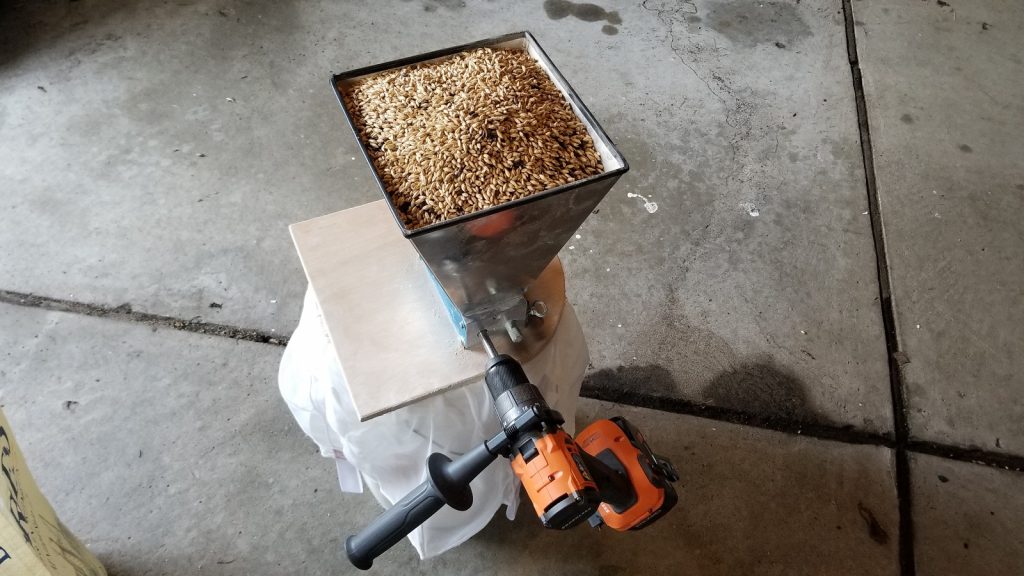
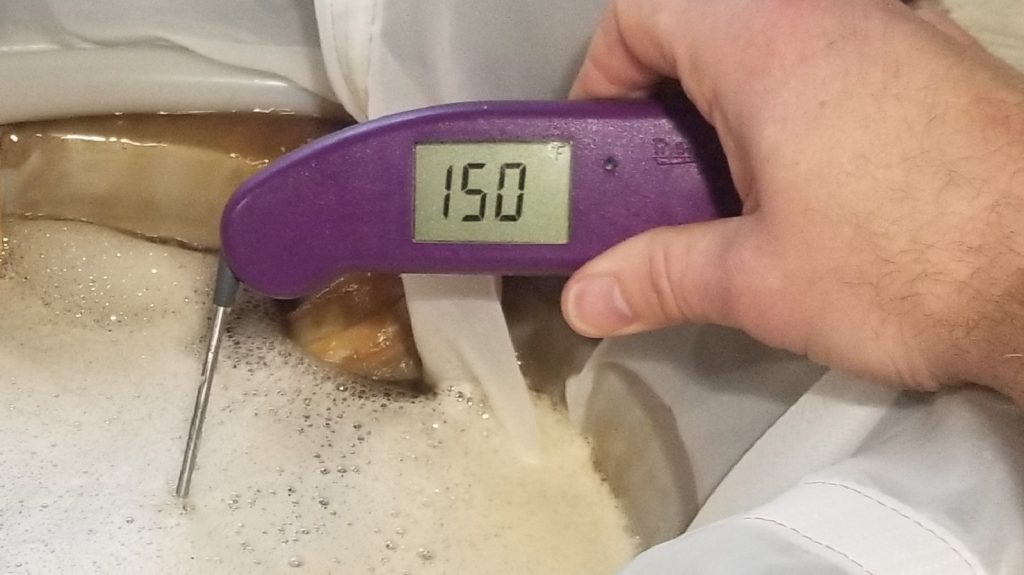
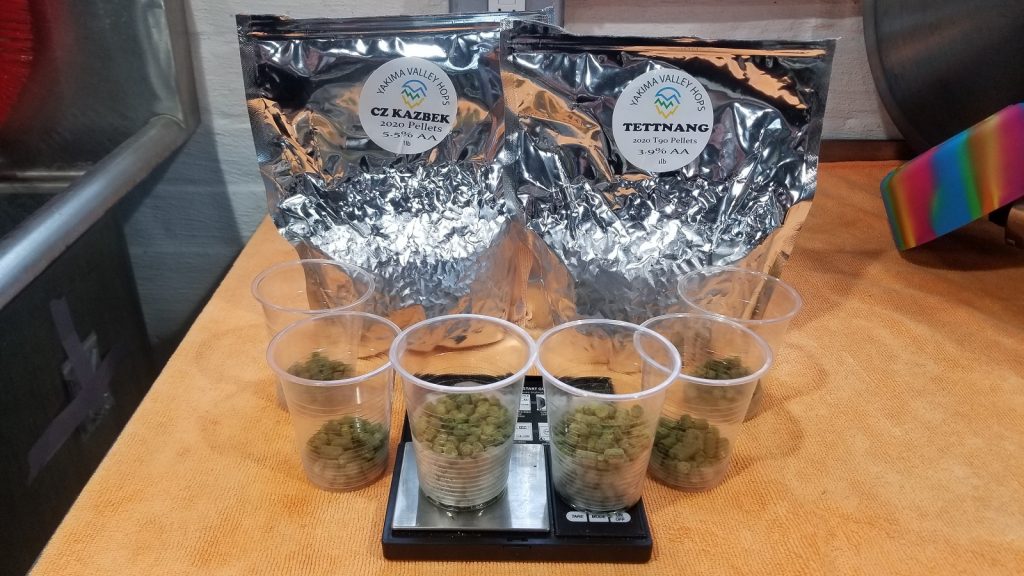
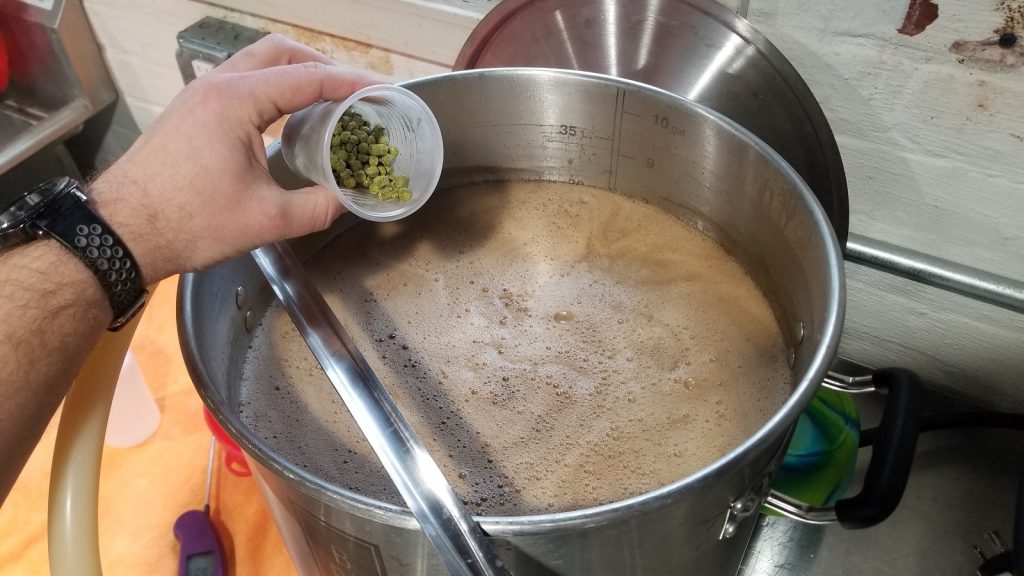
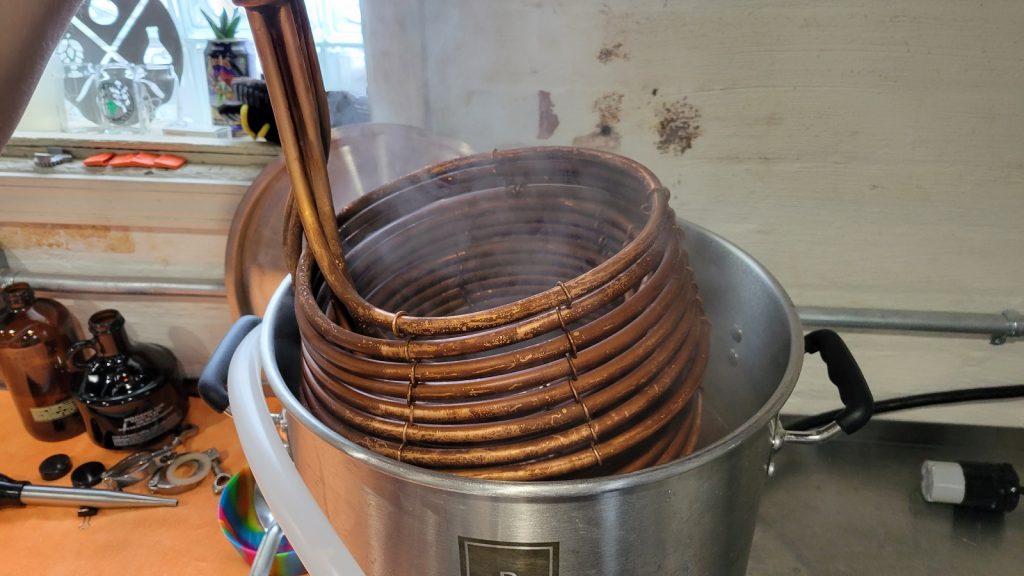
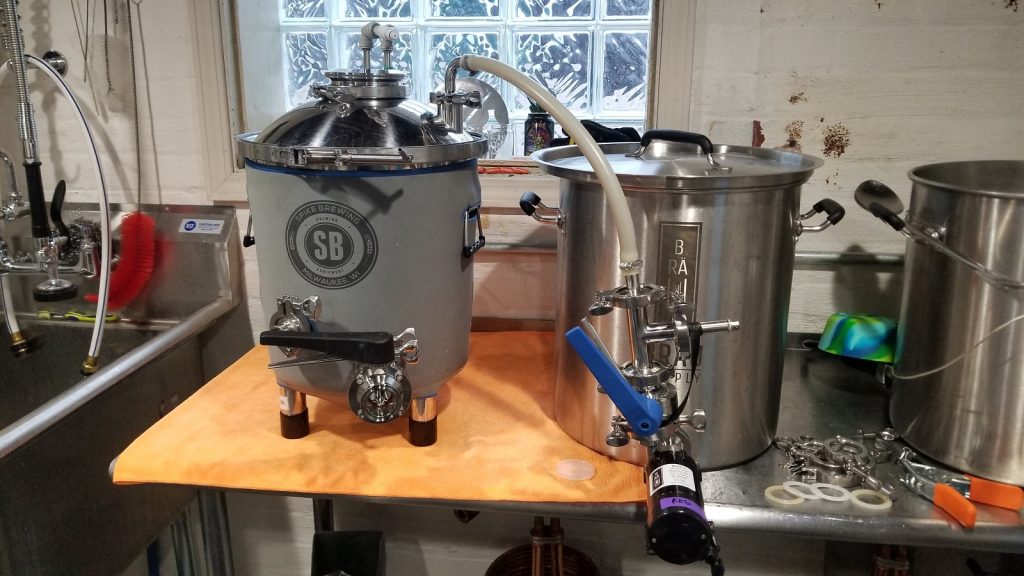
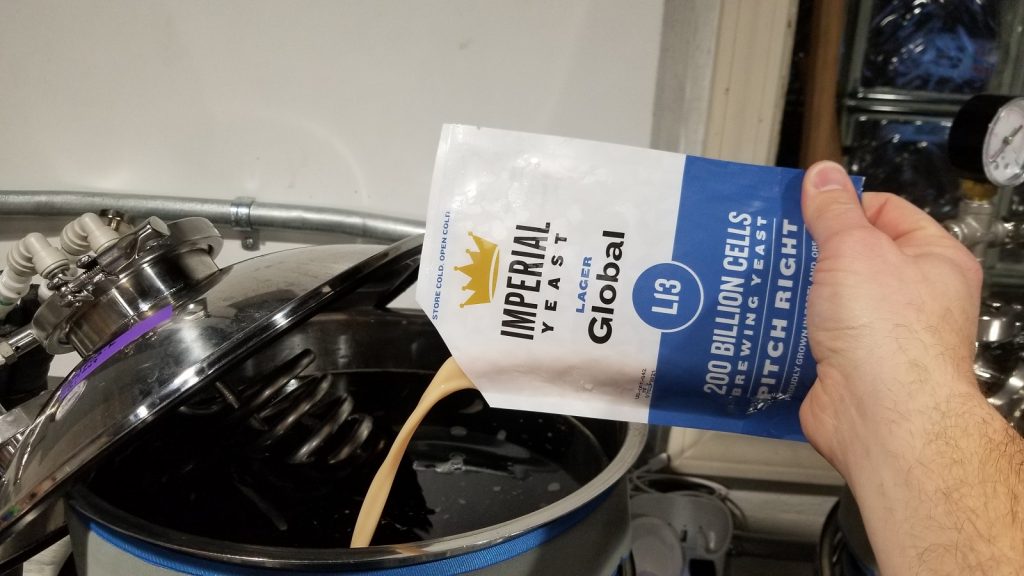
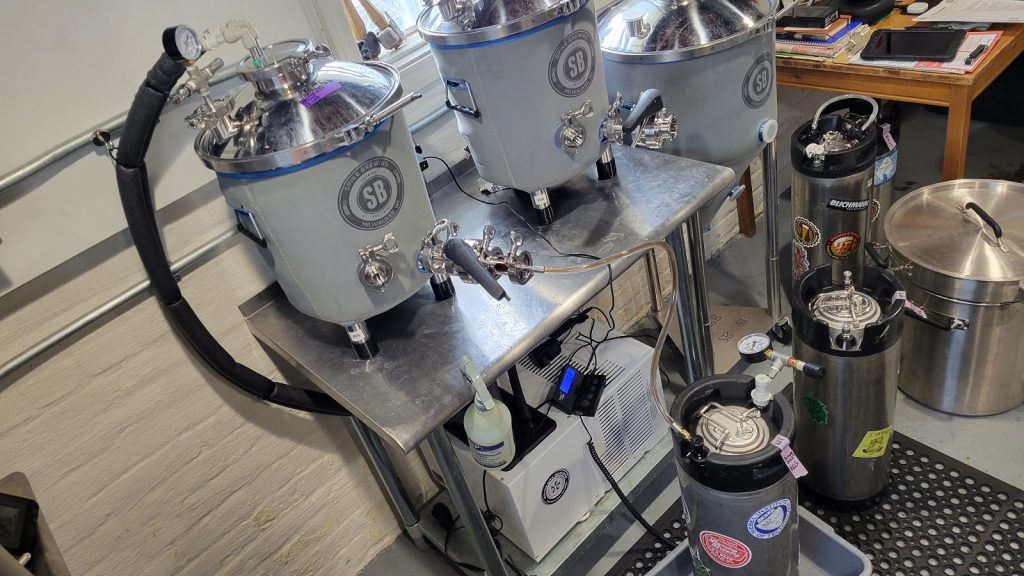











1 thought on “exBEERiment | Grain Comparison: Carafa II vs. Carafa Special II In A Schwarzbier”
Most of us have heard about the extraction of tannins from husks at high pH and temps. Perhaps there is something similar going on, where tweaking another variable or two would heighten the difference between the husky and dehusked toasted grain. Or maybe the difference is more recognizable at pro brewer scales. Grasping at straws.